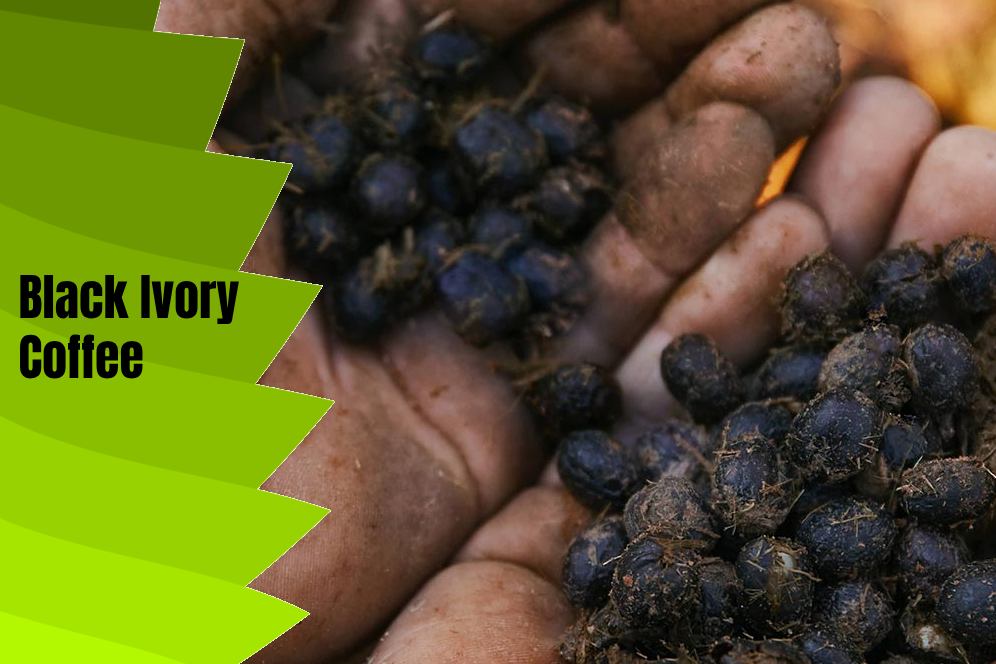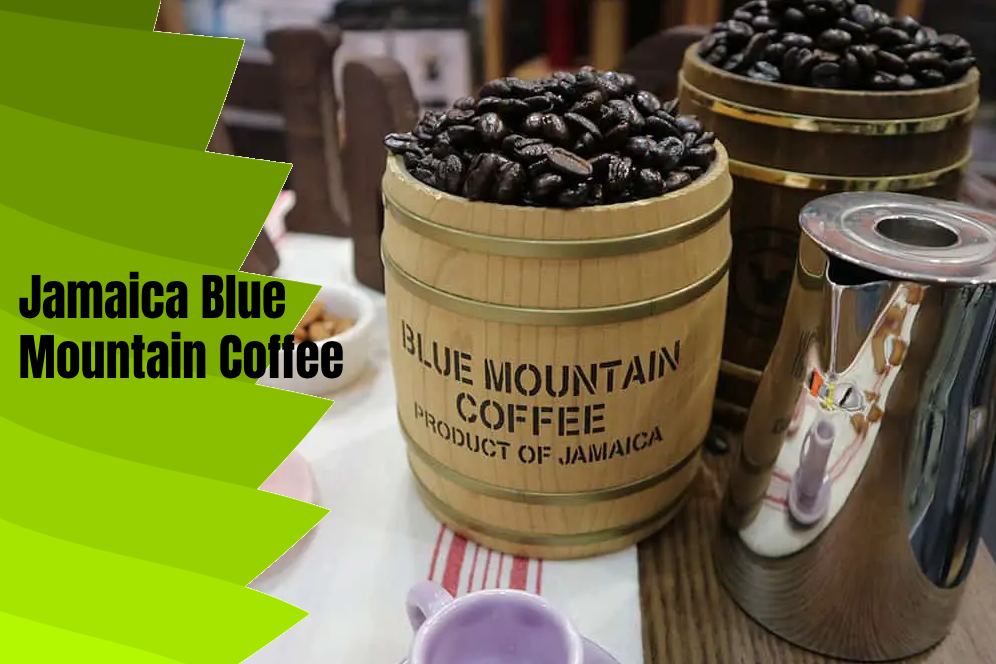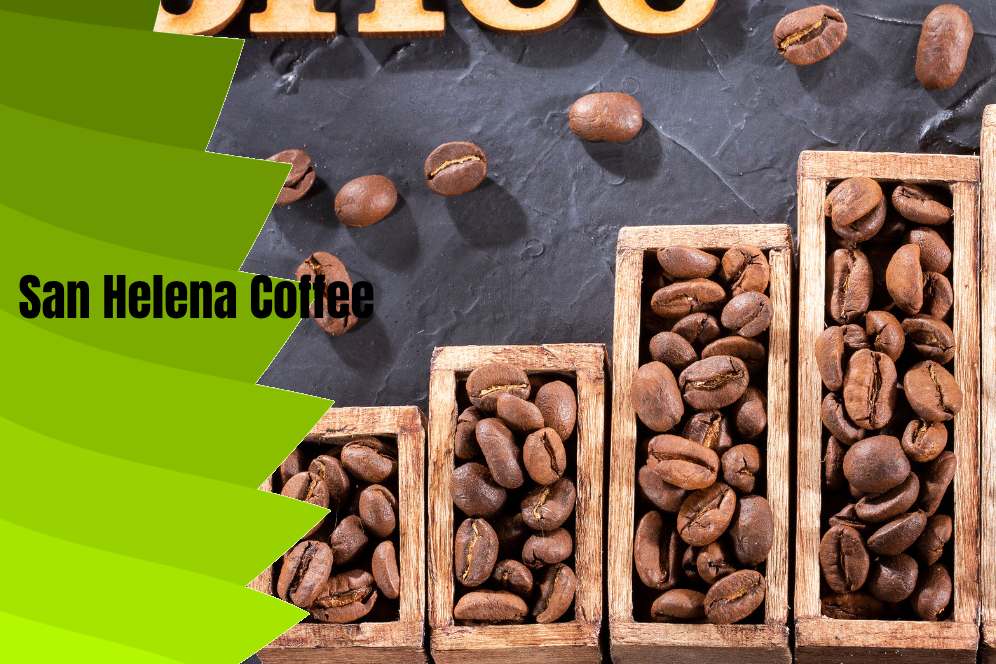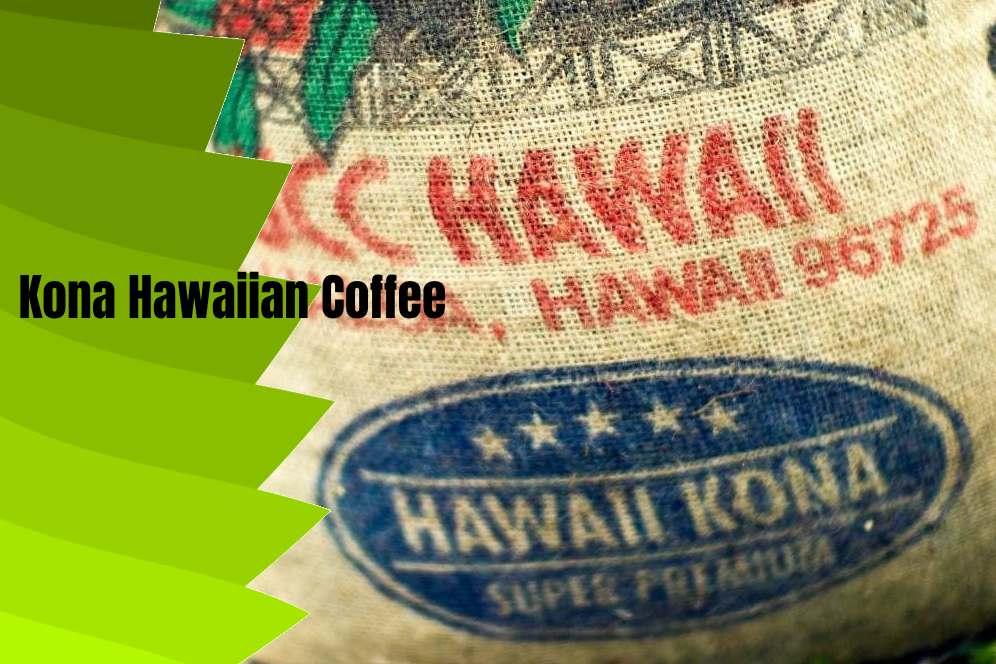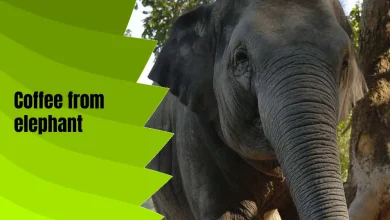What is The Most Expensive Coffee Bean?
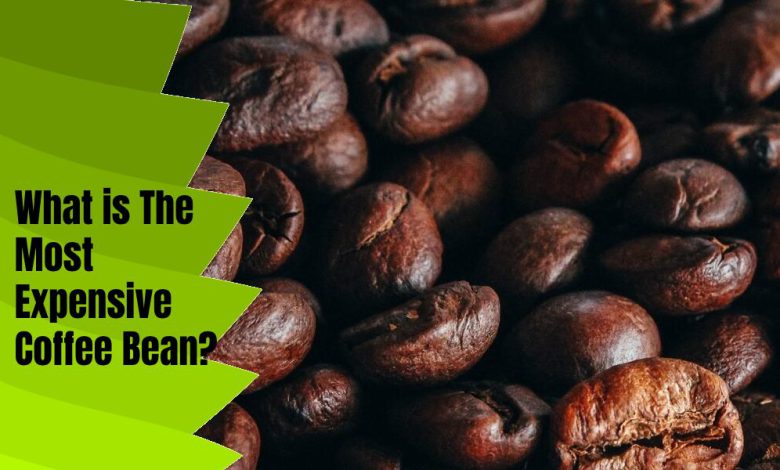
Kopi Luwak, Black Ivory, Jamaica Blue Mountain, Sant’Elena Coffee, and Hawaiian Kona Coffee – these are some of the most expensive coffees in the world. Due to high demand and very low yields, they are extremely rare to come by. But what makes these coffees so special?
And why should they be prepared with care, such as in a French press? We will explain the phenomenon of these rarities, the sometimes peculiar production processes, and their unique characteristics for you. Are you looking for coffee for your French press? You might be able to enjoy these rare finds.
Contents
What is the most luxury coffee brand?
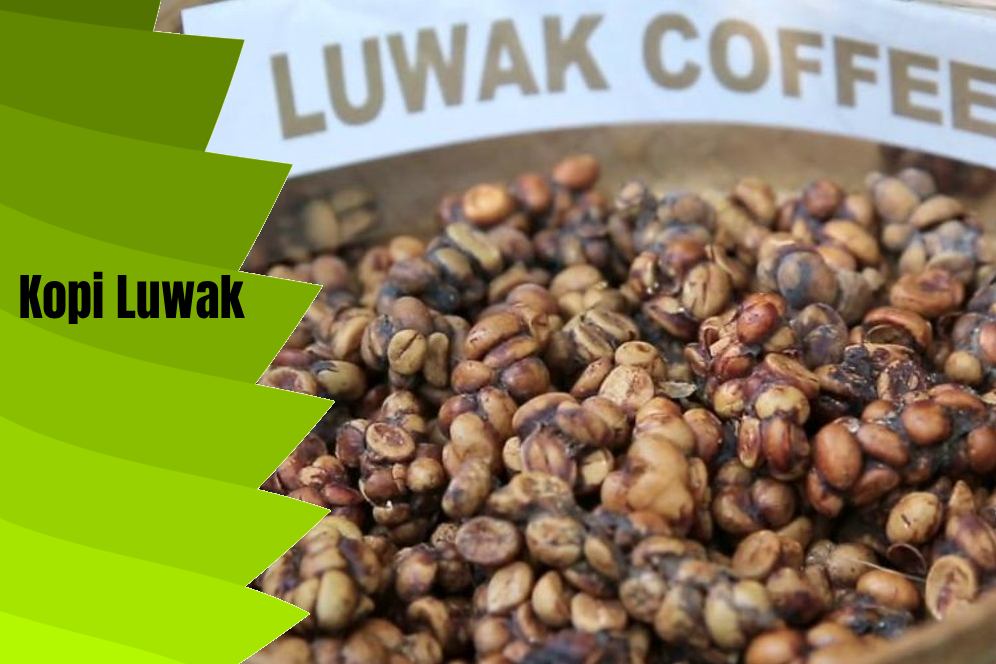
Kopi Luwak
One of the most expensive and well-known types of coffee is Kopi Luwak, which hails from Indonesia. Its price and fame are a result of its extraordinary production process, which can be concerning to some. The Asian palm civet, a species of civet, not only consumes various fruits, worms, and insects but also indulges in coffee cherries. However, only the pulp of the coffee cherries is processed during digestion.
Black Ivory Coffee
Black Ivory Coffee is prepared in a manner similar to Kopi Luwak in Thailand. Its price, at approximately 35 euros per cup, is also akin to cat coffee. However, the production background is different. The elephants responsible for refining the coffee beans reside at the Golden Triangle Asian Elephant Foundation, where they live in a sanctuary among saved tree trunks.
Eight percent of Black Ivory’s revenue goes to the foundation for the elephants’ food and veterinary care expenses. This exclusive coffee is produced solely from 100% Thai Arabica beans. To produce 1 kilogram of this coffee, approximately 30 kilograms of coffee must be given to the elephants. Black Ivory is exclusively served in selected 5-star hotels. However, it’s not just the coffee processing that’s unique; the preparation in hotels is also significant: the coffee is brewed directly on the table using a French siphon brewer.
Jamaica Blue Mountain Coffee
Jamaica Blue Mountain coffee is grown at an altitude of 1700 meters above sea level. As the name suggests, it comes from the growing regions in the Blue Mountains. Due to its geographical location, cool temperatures, and heavy rainfall, the coffee cherries mature more slowly than other Arabica coffees. Their average ripening time is around 10 months, while other coffees can be harvested after five months.
With a cultivated area of 6,000 hectares, the yield is limited. After harvesting, the coffee is inspected by the Jamaica Coffee Industry Board. Only when this committee has approved the green coffee can it be called “Jamaica Blue Mountain.” Another unique selling point: the green coffee is available in printed black barrels – in 15, 30, and 70-kilogram sizes. Green coffee is harvested in five different quality levels, each with specific regulations for the size and appearance of the beans. The taste of the coffee is smooth, slightly sweet, with a mild acidity. Its flavors are diverse and complex. You can prepare the coffee in a French press, a Moka pot, or a drip coffee maker.
San Helena Coffee (Bourbon with Green Tips)
Thanks to volcanic soil and a moderate climate, San Helena coffee – which is actually a variety of Bourbon Arabica with green tips – grows under ideal conditions. This coffee became famous, thanks in part to Napoleon Bonaparte, who had a fondness for it and admired it greatly during his exile in Saint Helena, where he kept a diary. The taste of the coffee is smooth and well-balanced.
It has a rich body and notes of flowers and fruit. Due to the island’s size, there are only six coffee fincas that cultivate coffee. The cultivation and harvesting are done entirely by hand – everything is done manually. The low annual yield and the high quality of the coffee, due to manual cultivation, justify its very high price. To fully appreciate its acidity and delicate aromas, it is recommended to prepare it gently using a French press or manual drip filter. Its flavors are diverse and complex. You can prepare the coffee in a French press, a Moka pot, or a drip coffee maker.
Kona Hawaiian Coffee
High-altitude volcanic slopes with fertile soils and a tropical climate provide the setting for one of the world’s most unique and expensive Arabica coffees. Kona coffee from Hawaii is known primarily for its large coffee beans. This luxurious coffee grows on the western coast of the Hawaiian Islands, often referred to as the “Big Island.” The growing region is very limited and covers an area of approximately 30×3 kilometers.
While coffee is cultivated on other Hawaiian islands as well, it cannot be called Kona coffee. Kona coffee comes in three types. Type 1 contains only the largest beans. Type 2 hides special and rare peaberry beans, as they do not typically come in pairs in the coffee cherries but separately. Additionally, there are no specific blends that must contain at least 10% Kona coffee. Packaging that contains 100% Kona Coffee must be labeled as such. But how does this luxurious coffee taste?
Kona coffee has a robust body with balanced flavors and hints of cinnamon. It is best prepared in a French press, Chemex, or using pour-over methods to allow the coffee to develop its aroma and acidity to the fullest.
Geisha Coffee
It might sound Japanese, but it comes from Panama: Geisha coffee. This is a type of Arabica that gained fame thanks to Hacienda “La Esmeralda.” Since the coffee plant was discovered almost by accident – a coffee bell had affected several plants, leaving only the untouched Geisha plants – they received several awards worldwide.
The taste of this coffee is entirely different from other coffees. It has very floral notes, a usual sharp aroma is absent, and it has a smooth body. Those who drink coffee will lose the powerful mouthfeel. Overall, Geisha coffee is more reminiscent of black tea. The humid and cool climate in Panama ensures slow and gentle growth, leading to the creation of numerous fruity aromas. Since this coffee is so different from others, it’s not suitable for all markets.
Japan and China, both countries with a strong culture of tea drinking, are the largest buyers. It’s recommended to enjoy Geisha as a slowly brewed pour-over coffee.
Maragogipe Coffee
Maragogipe coffee is a blend of Arabica and Liberica. However, nobody exactly knows whether this crossbreed resulted from a mutation or deliberate cultivation. The beans are significantly larger than regular Arabica beans – about 30% to 40% larger. This is why they are also called “elephant beans.” Although they are larger, the yield during harvesting is lower.
This coffee is primarily grown in Mexico and Nicaragua, but other countries are also beginning to cultivate it. Maragogipe is mild and low in acidity when brewed. Since it requires careful roasting, it is usually only found in specialty roasteries. Maragogipe is suitable for most types of brewing preparations but is commonly used in French press and drip filter coffee makers. Therefore, it is roasted to a lighter degree. To prevent the beans from burning during roasting, some roasters roast them twice.
